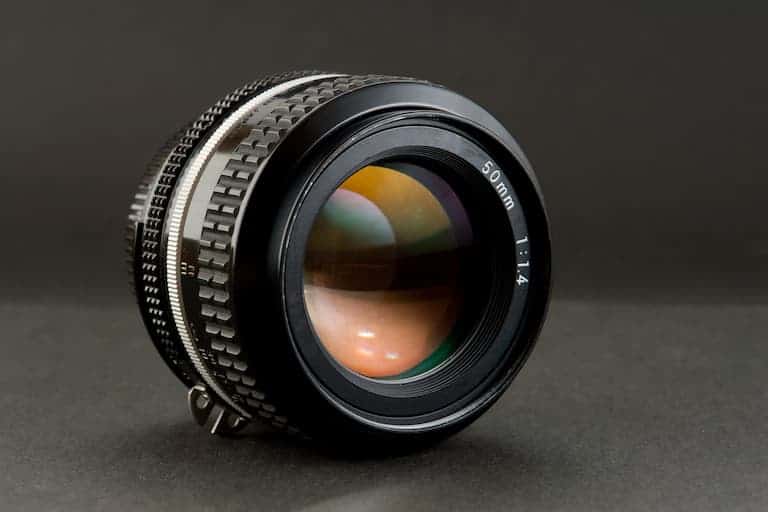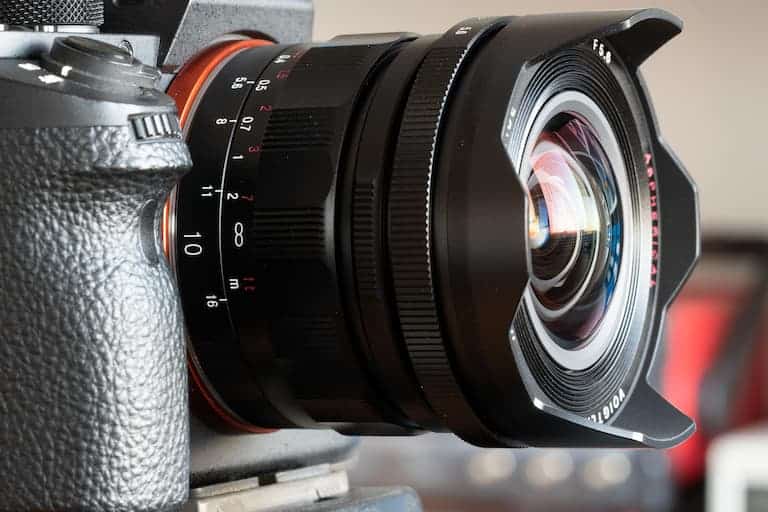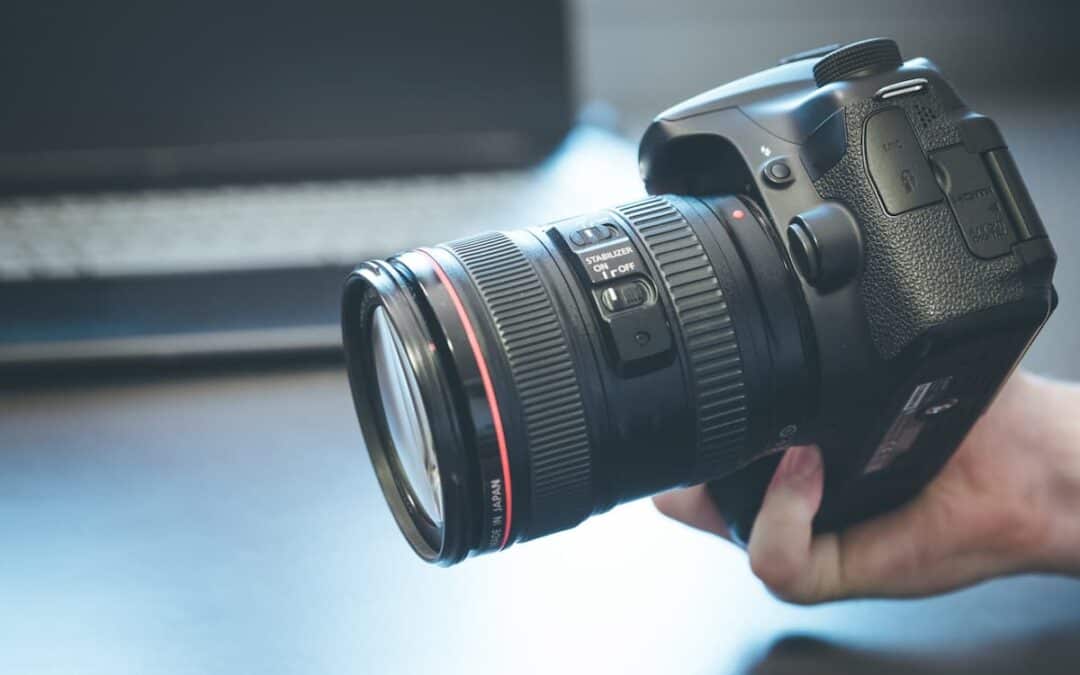The camera lens diameter is the measurement of the very front part of the lens, which is more important than the camera itself. Here’s why: the camera lens is the most crucial element in taking a stellar picture.
A camera lens diameter matters because the larger it is, the more light it lets in. The more light-collecting power, the more the lens elements can be used internally to produce higher picture resolution and image brightness. A smaller camera lens, therefore, produces a dimmer picture. Therefore, the lens size always affects the image quality.
Keep reading to learn why a camera’s lens diameter matters, including the explanation of how a camera lens influences the final photo, the various camera lens types, and the most commonly used lens diameters.
Table of Contents
Why Does the Camera Lens Diameter Matter?
You may not know that a camera lens needs to have a certain diameter in order to take good pictures, but it is actually one of the most important factors to take into account.
The camera lens diameter matters because it can directly affect the image quality. The bigger lens diameter allows for a wider opening, increasing the brightness and sharpening the focus. Reducing the lens diameter reduces the light that strikes the lens, creating a dimmer image.
While the camera lens design is complex, the diameter indeed matters; but other factors are just as important when taking a great photo.
What Is a Camera Lens?
A camera lens focuses the light onto the back of the camera for an image. Without the lens, all you would see is a white light on the image, so the function of the lens is to bring light to a focal point.
A standard camera lens has the following characteristics:
- Aperture: Aperture is the opening size that lets in the light for a fixed image. Expressed in f-stops, the smaller the aperture, the more light enters; the larger the aperture, the less light enters.
- Maximum aperture: This is the widest opening of a lens. A wide maximum aperture lens is ideal for taking pictures at night when the light is low.
- Focal length: Focal length refers to the measurement (in millimeters) of the distance between the recording of the image and the point of lens convergence. The smaller the number of millimeters, the larger the field of view. The larger the millimeters measurement, the smaller the field of view.
- Field depth: By controlling the amount of view in a photo, you can draw the eye to specific parts. This ability to focus on specifics allows a photographer to control how much of the image shows in the photo.
Camera Lens Types
There are five types of camera lenses, with each performing a function for the camera to produce a specific photo type.
1. Standard Lens
A standard 50 mm lens is the most versatile, with a fixed focal length. This lens reproduces a lifelike photo of what your eye sees. At the higher focal lengths of 85mm and 100mm, this lens paired with a wide aperture is a perfect portraiture mode.

This is the lens to use when the object is stationary, but you can still move around if you wish.
2. Telephoto Lens
The telephoto lens allows you to single out a faraway subject by acting as a telescope. The telephoto lens is helpful for distant objects you want to photograph. Its fixed focal length of more than 50 mm lets you photograph stationary objects to appear close up.
3. Macro Lens
The macro lens produces a sharp picture of something up close. Since it can focus on the smallest details of a close object, the image will fill the frame and minute characteristics will show up. The macro lens is particularly helpful in portrait photography or even nature photography.
4. Wide-Angle Lens
Use the wide-angle lens to photograph large expanses like landscapes or busy streets. This lens brings everything in the image into focus. This is an excellent lens to use if you do lots of travel photography since it helps to focus on everything in the picture. It is also lightweight and easy to carry around.

5. Specialty Lenses
There are three other specialty lenses that cater to unique situations.
- The fisheye lens is ideal for wanting to show a lot of scenery in a photo, like for taking pictures of houses and landscapes. When selling a home or building, the fisheye lens is a common choice for real estate photos.
- The tilt-shift lens creates a distorted photo as if whatever is in the picture is a small toy. The shift knob lets you tilt the lens up and down and side to side.
Here is a YouTube video describing tilt-shift views.
- The infrared lens changes the light rather than the image for a unique photograph. This lens detects thermal energy, converts it to an electronic signal, and then produces an image.
Different Camera Lens Diameters
The diameter measurement of a camera lens is the physical distance from one side of the front of the lens to the other, measured in millimeters. There are some common lens diameter sizes, so if you don’t know the diameter size of a lens, you can find it printed or etched on the lens.
The lens diameter will be preceded by the symbol of an o with a slash and followed by the diameter size.
This chart shows the focal length sizes of the most common camera lens sizes and the photographs it produces.
Size Guide
| Focal Length | Type of Lens | Main Purpose |
|---|---|---|
| Up to 14mm | Fisheye | Artistic photography, conceptual |
| Up to 35mm | Wide-angle | Nature photography, city landscapes |
| Up to 85mm | Standard | Daily life, traveling, Portraiture |
| Up to 135mm | Short t-photo | Daily life photography, people-watching |
| Above 135mm | Medium t-photo | Sporting events, nature photography |
| Above 300mm | Super t-photo | Nature photography, movement, star-gazing |
| Up to 200mm | Macro | Close range and intimate photography |
Conclusion
Initially, learning all the different camera lens functions can be daunting. Whether you are new to photography or a seasoned photographer, knowing how the camera lens diameter affects the image is crucial to creating the types of pictures you want.
Since the camera lens diameter connects to the aperture and focal length, they all work together to create the final image. Once you are comfortable with the various lens types, you will be on your way to becoming a better photographer.


